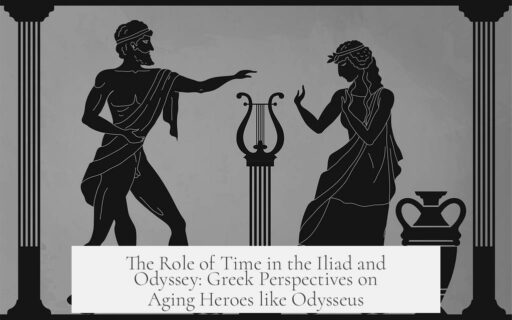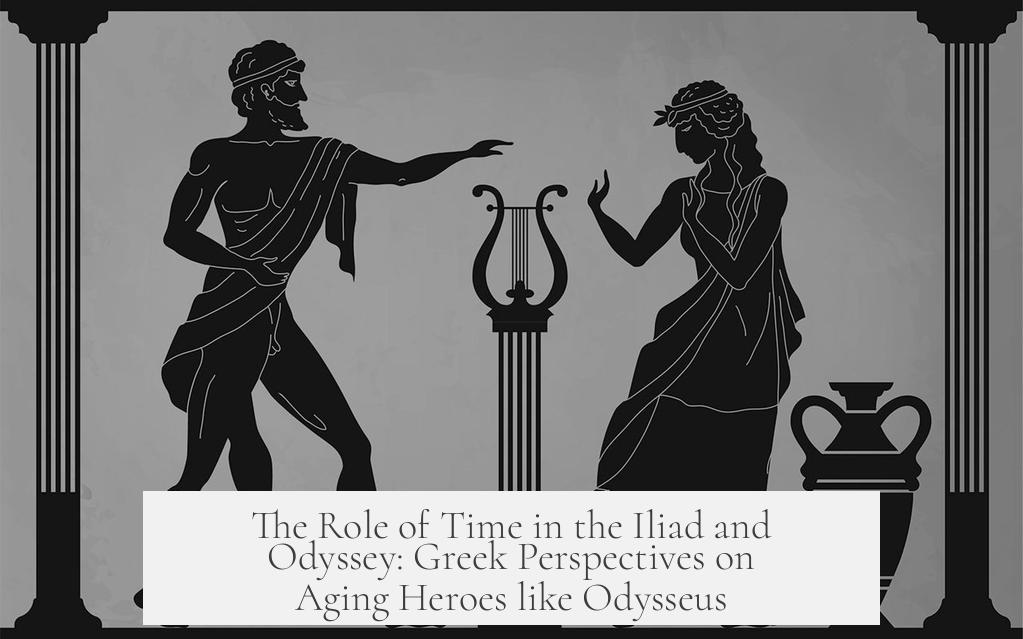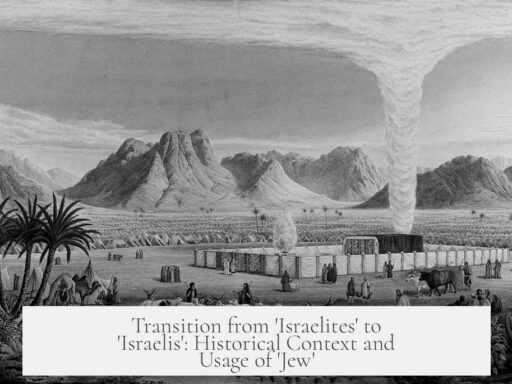The Iliad and the Odyssey span long periods largely due to narrative design rather than strict chronological realism. Each epic, in fact, covers only a brief timeframe within a much larger mythic context.
The Iliad takes place during a few weeks in the ninth year of the Trojan War. The Odyssey unfolds over the weeks leading up to Odysseus’ return to Ithaca and shortly after. However, the stories allude to much longer overall periods, such as the decade-long Trojan War and Odysseus’ prolonged ten-year journey home.
This extended timeline partly results from specific events that prolong Odysseus’ voyage. For example, the Odyssey explains the delays as a year spent with the enchantress Kirke and seven years detained by the nymph Kalypso. These incidents stretch the journey while maintaining narrative interest.
Contrary to popular belief, Odysseus is not at sea continuously for ten years. Instead, his wanderings are broken by these extended stays. Removing Kalypso’s seven-year imprisonment helps clarify certain narrative inconsistencies, like the age of Odysseus’ son Telemachos, suggesting some flexibility in the timeline.
The epics also display chronological anomalies. For instance, Telemachos is described as recently transitioning from childhood, yet a strict timeline would make him older. Similarly, Neoptolemos, son of Achilles, appears too young for the war’s duration. These inconsistencies highlight that precise chronological accuracy was not a priority for Greek mythmakers.
Regarding Greek views on characters like Odysseus entering middle age or experiencing declining physical strength, the epics do not provide explicit commentary. Odysseus is portrayed as wise and resourceful, with his mental acuity emphasized over physical prowess. The narratives focus more on his cunning and endurance rather than physical decline, reflecting ideal heroic traits valued by the Greeks.
- The Iliad and Odyssey cover short narrative periods, embedded in longer mythic timelines.
- Odysseus’ ten-year journey includes extended stationary episodes, not continuous travel.
- Greek mythic chronology is flexible, with inconsistencies accepted for storytelling.
- Greek culture highlights Odysseus’ intellect over signs of aging or physical decline.
Why do the Iliad and Odyssey cover such long narrative periods despite their main events lasting only weeks?
The Iliad focuses on weeks in the ninth year of the Trojan War. The Odyssey covers weeks around Odysseus’ return. The long timeline arises from background events and backstory, not continuous action. Chronological precision was not a priority.
Was Odysseus actually at sea nonstop for ten years in the Odyssey?
No. The Odyssey explains delays like a year with Kirke and seven years with Kalypso. The story does not depict a continuous sea voyage lasting the entire decade.
How does the timeline in the Odyssey affect Telemachos’ stated age?
Telemachos is said to have just stopped being a child. Removing Kalypso’s seven years from the timeline makes this logical. But the epic does not strictly manage chronology, so such inconsistencies exist.
Did the Greeks view aging heroes like Odysseus as less capable physically?
The content doesn’t provide direct insight into Greek views on middle-aged heroes declining physically. The focus is on myth and story design rather than cultural opinions on aging warriors.
Why are there chronological inconsistencies concerning characters like Neoptolemos?
Neoptolemos is very young during late Trojan War events despite his fierce role. This is because the myth prioritizes narrative over accurate age or timeline consistency for dramatic effect.



